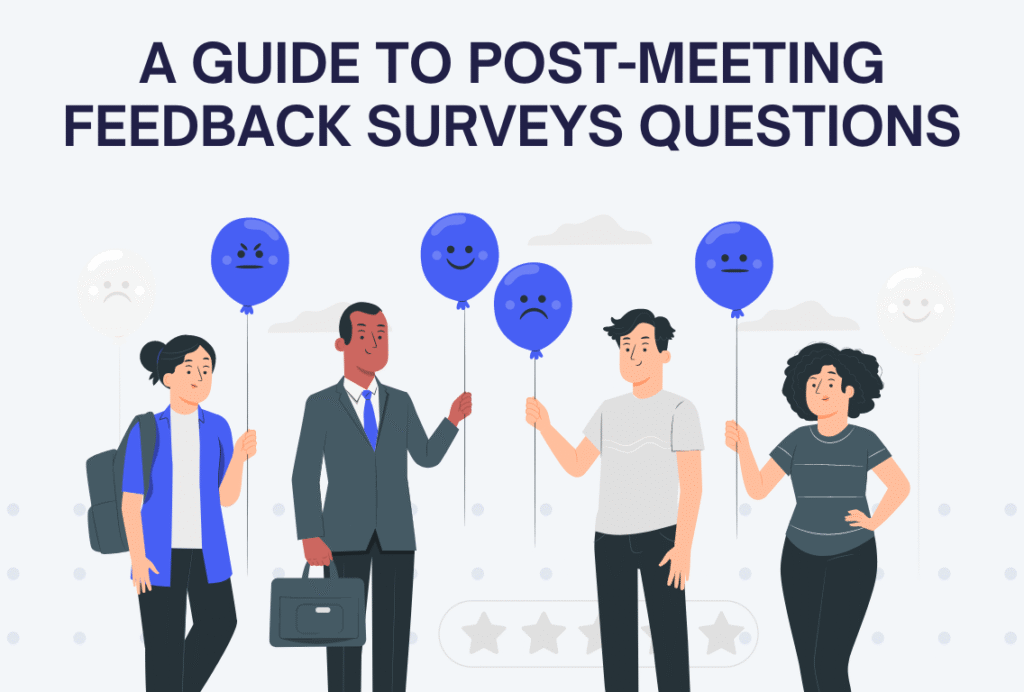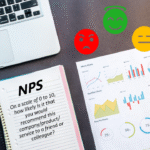In today’s competitive business landscape, understanding customer satisfaction is essential to success. One of the most widely used methods to measure this satisfaction is the 5-star survey. It’s simple, visually intuitive, and gives businesses quick insight into how customers perceive their products or services. But what is a 5-star survey exactly? How can businesses use it effectively? And what are the best practices to get the most value out of this tool?
In this detailed guide, we’ll explore the concept of a 5-star survey, how it works, why it’s effective, and how you can implement it for your business to enhance customer experience and loyalty.
What is a 5-Star Survey?
A 5-star survey is a feedback tool that allows users to rate their experience, service, or product using a 1 to 5-star scale, where:
- 1 Star = Very Dissatisfied
- 2 Stars = Dissatisfied
- 3 Stars = Neutral
- 4 Stars = Satisfied
- 5 Stars = Very Satisfied
This survey format is common on platforms like Amazon, Google, Yelp, and many customer service interfaces.
Why Use a 5-Star Survey?
There are several reasons why businesses rely on this simple yet powerful tool:
1. Simplicity
It’s easy for customers to understand and use. The visual scale of stars makes it instantly recognizable.
2. Speed
It doesn’t take more than a few seconds to respond, increasing the chances of customer participation.
3. Quantifiable Results
Each star can be assigned a numerical value (e.g., 1 to 5), making it easy to analyze and track changes over time.
4. Customer Insights
It provides a clear indication of how customers feel, helping businesses identify strengths and areas for improvement.
5. Public Perception
Many platforms publicly display star ratings, influencing potential customers’ purchasing decisions.
Where Can You Use a 5-Star Survey?

The 5-star rating system can be applied in various contexts:
- E-commerce platforms – For rating products or delivery services.
- Hospitality industry – For hotel stays, dining experiences, etc.
- Customer support – To evaluate the quality of support calls or chat interactions.
- Mobile apps – Prompting users to rate their experience in the app store.
- Online services – For freelancers, consultants, and service providers.
Best Practices for Using a 5-Star Survey
To get meaningful feedback, it’s not enough to just add a rating system. Here are key best practices:
1. Follow Up with Open-Ended Questions
Ask for the reason behind the rating. For example:
“You gave us 3 stars. What could we do better next time?”
This provides context and actionable feedback.
2. Automate Survey Triggers
Send surveys after key interactions, such as a purchase or a support call. Timing matters—catch the customer when the experience is still fresh.
3. Make It Mobile-Friendly
Ensure the survey interface works well on mobile devices, where many users are most active.
4. Analyze Trends, Not Just Scores
One low score doesn’t always indicate a big issue. Look for patterns in the feedback to identify real problems or opportunities.
5. Respond to Ratings
Especially low ones. A personal response to a negative review can often turn the customer around and demonstrates that you care.
How to Design a 5-Star Survey
Here’s a basic structure:
- Introduction
“We’d love to hear your feedback!” - Rating Question
“How would you rate your experience with us today?” - Optional Comment Box
“Tell us why you gave this rating (optional).” - Submit Button
Easy and accessible on all devices.
Tools you can use:
- Google Forms
- Typeform
- SurveyMonkey
- Jotform
- Customer support platforms like Zendesk or Freshdesk
5-Star Survey Results: How to Interpret Them
You can calculate your average star rating using this formula:
Average Rating = (Sum of All Star Ratings) / (Total Number of Ratings)
For example: If 10 customers rate you: 5, 4, 4, 5, 3, 5, 2, 4, 4, 5 →
Sum = 41, Count = 10, so Average = 4.1
You can also segment ratings:
- 4-5 stars = Promoters
- 3 stars = Neutrals
- 1-2 stars = Detractors
This segmentation can help you build a Net Promoter Score (NPS), which we will cover in the next article.
5-Star Survey vs Other Feedback Methods
| Feature | 5-Star Survey | NPS | CSAT | Open-Ended |
| Speed | Very Fast | Fast | Fast | Slow |
| Quantifiable | Yes | Yes | Yes | No |
| Depth | Low | Medium | Low | High |
| Actionable | Medium | High | Medium | High |
| User-Friendly | Very | High | High | Medium |
5-star surveys are best for high-volume, quick-check feedback. They are less effective when detailed insights are needed unless paired with comments.
Common Mistakes to Avoid
- Only collecting high ratings: Don’t hide or ignore lower scores.
- Forcing feedback: Don’t make ratings mandatory; it can frustrate users.
- Not closing the loop: Always act on the feedback received.
- Lack of anonymity: Customers are more honest if they know their identity is protected.
Case Study: Using 5-Star Surveys to Improve Customer Experience
Let’s say a mid-sized online clothing retailer implements a 5-star survey after each purchase. Within a month, they receive 1,000 responses:
- 75% rate 4-5 stars
- 15% rate 3 stars
- 10% rate 1-2 stars
They discover many 3-star ratings mention slow shipping times. The company partners with a faster courier and sees the average rating climb from 4.1 to 4.5 in just two months. Sales increase by 12% due to improved customer satisfaction.
Conclusion
The 5-star survey is a foundational tool in any customer feedback strategy. It’s fast, effective, and easily implemented. When used wisely—with context, open-ended questions, and regular analysis—it can help businesses identify strengths, resolve issues, and build stronger relationships with customers.
Whether you’re a small business owner or managing a large enterprise, implementing a thoughtful 5-star survey system could be the key to driving sustained customer loyalty and growth.



